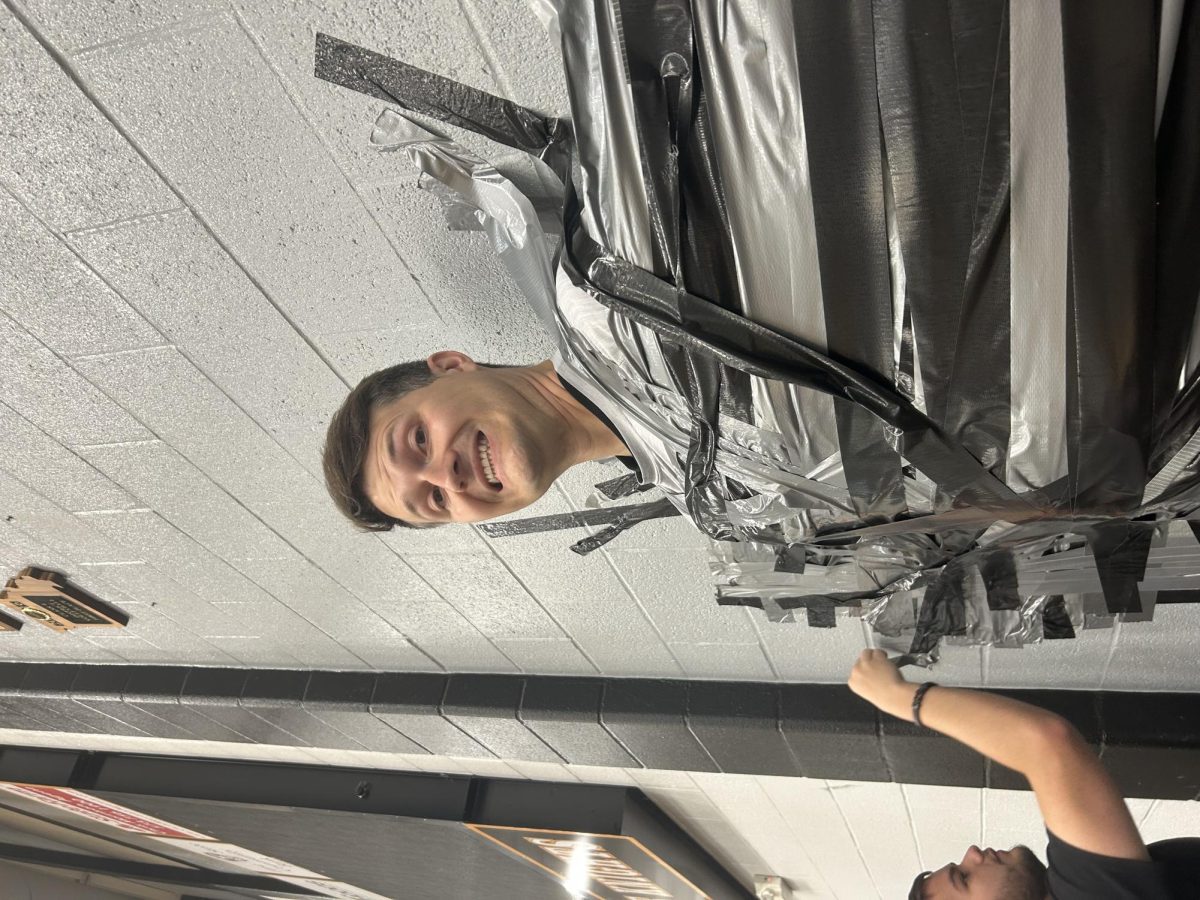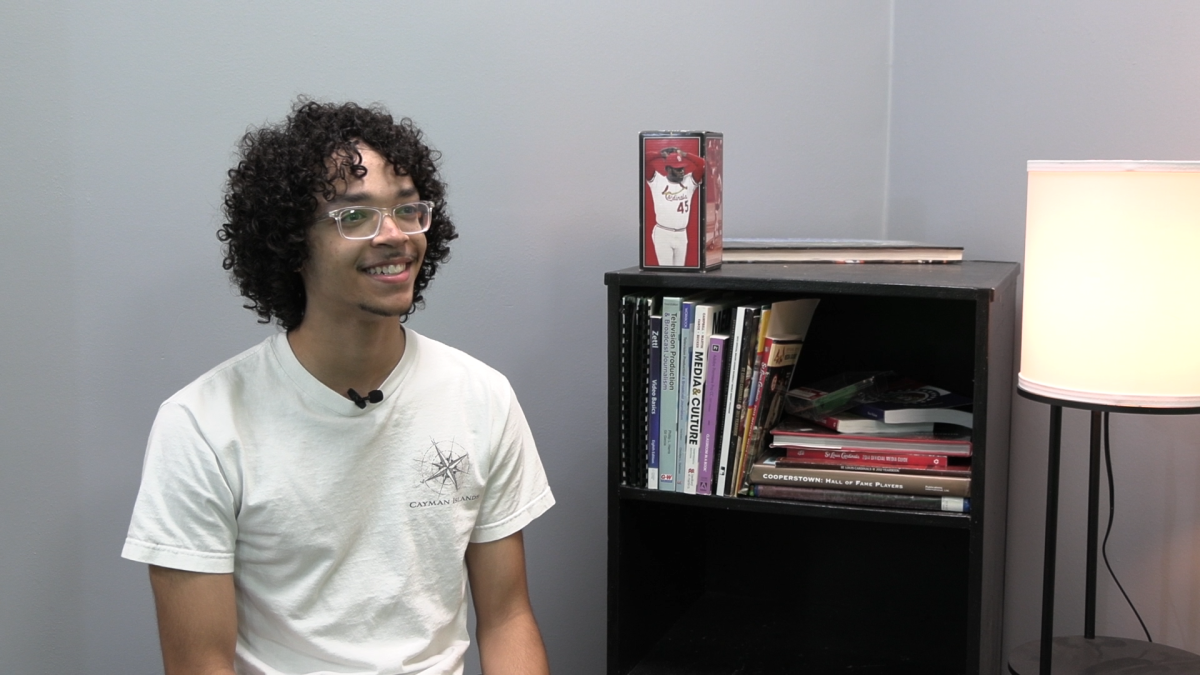Now more than ever, attention spans are dwindling, and children are looking for quick sources of dopamine rather than staying focused on one topic for ‘too long.’ Lectures and videos over just seven minutes seem to lose track of the teenage attention span. But what is to blame for this problem? The answer is simple: social media.
Endless scrolling on social media triggers a release of dopamine in the brain, keeping users hooked. The content on social media is becoming shorter and shorter, causing teenagers to adapt to faster-paced content. This means that any video exceeding that short three-minute timeframe is immediately daunting for the teenage audience.
The shortened attention spans of teens are hindering their education as well. In classrooms, educators are forced to alter their lessons to tend to the short attention span of students, all in an attempt to keep them somewhat engaged. Teachers often notice their students zoning out during instruction and poorly disguising their devices. In this way, students aren’t receiving the information that they need, and, in short, underperforming.
“…if students are only used to receiving information in small pieces, they may have trouble understanding complex concepts or critical thinking,” Santa Maria College.
In addition, the content on various social media apps such as TikTok, a popular video-sharing platform, is often sped-up and fast-paced, rarely longer than 5 minutes. TikTok has recently added the 10-minute video recording feature, but videos exceeding 3-4 minutes typically lack engagement.
“The average attention span is only eight seconds, and most viewers stop watching a video after two minutes, so three minutes may be too long for a video,” LifeWise.
TikTok has gained an immense amount of popularity over the past years and has taken the internet by storm. Many young people turn to TikTok for all their needs, whether it be a quick tutorial, help with schoolwork, life hacks, or varying questions. Teenagers are beginning to receive most of their information from TikTok, which leads many to believe it could become the new Google.
Now, TikTok does not brand itself as a search engine, but it can serve as one, with hundreds of videos to answer any question that one could have.
“At the Brainstorm Tech conference in the summer of last year, Google senior vice president, Prabhakar Raghavan said that the company’s studies have found that “something like almost 40 percent of young people, when they’re looking for a place for lunch, they don’t go to Google Maps or Search. They go to TikTok or Instagram.” EuroNews.Next.
So, how can teens improve their attention spans? There are many ways:
-Try reading a few chapters of a book each day.
-Try putting your phone away before bed to limit distractions.
-Try to attend seminars and public presentations. Take notes, and pay attention.
-Put your phone away during class to improve your focus on instruction.
-Exercise.
There are several solutions to reducing attention spans, but social media is only growing more popular.








